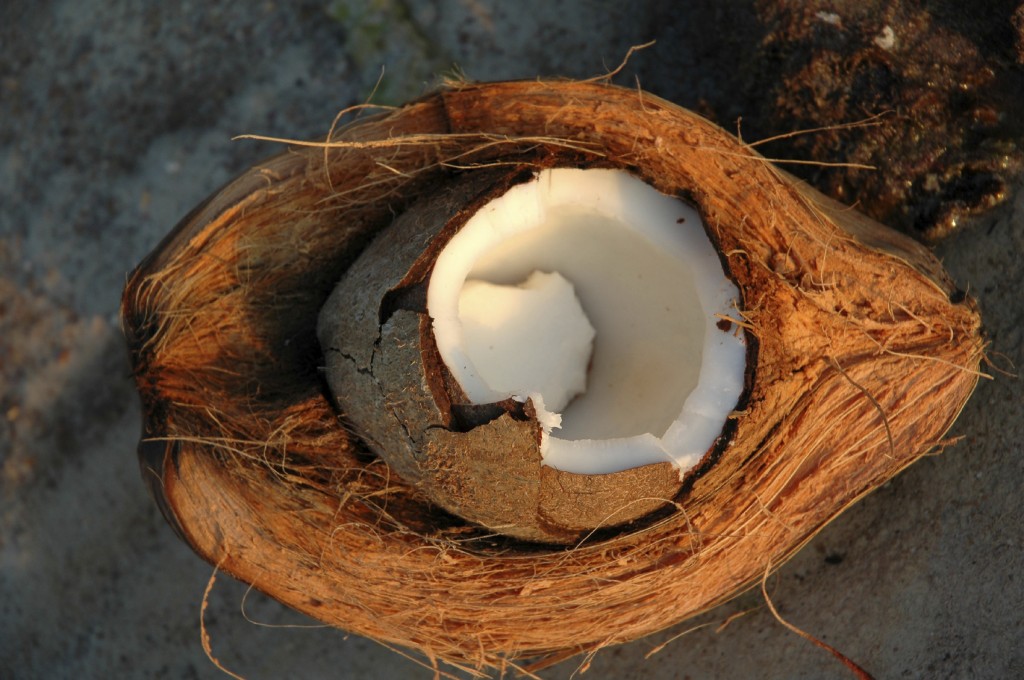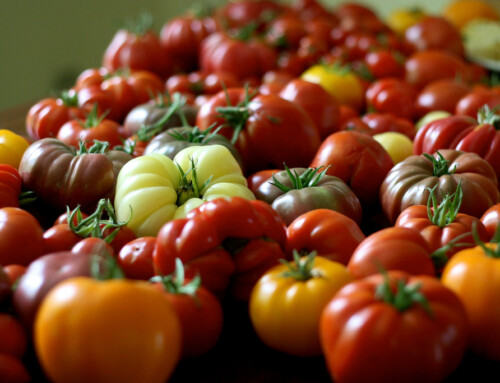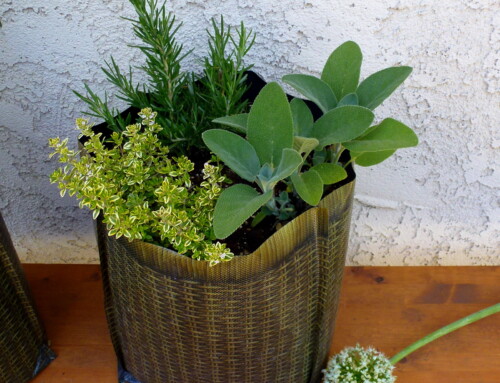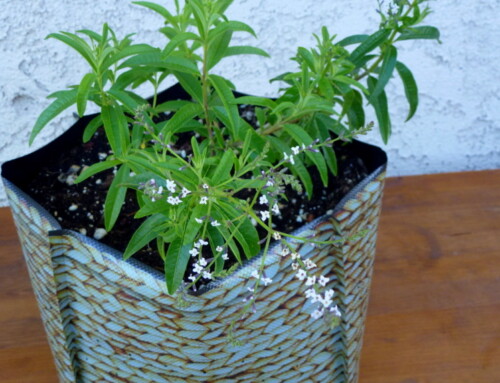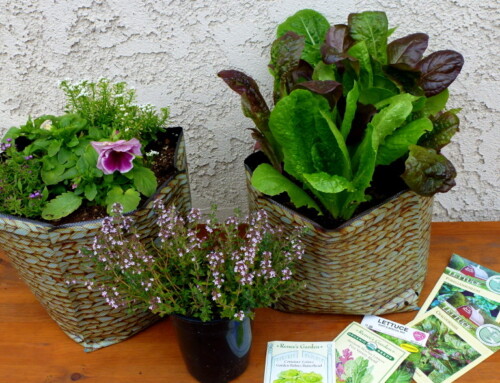Coco coir is the outside layer of husk that surrounds the shell of the coconut. After coconuts are harvested, the fibrous husk is removed from the coconut seed. From this husk, three main horticultural coir products can be produced: coir chips, coir fiber or coir pith/dust. Coir dust retains water well while the fibers and chips help with air space and drainage.
There are many brands and types of coco coir available on the market. We recommend that you use only correctly washed and buffered coir products such as our Dutchman Brand Premium Expanded Coco Coir. Coco coir naturally can be very salty, as it contains a lot of sodium ions that cling to the coco coir like a magnet. The washing and buffering process we use involves involves several steps. First, misting with calcium and soaking the correct amount of water into the coir for proper hydration. Next, a thorough washing with RO (Reverse Osmosis) water, which displaces the sodium and balances the naturally occurring potassium. The final step is a drying process to keep volume up and weight down for shipping. This washing and buffering process can help prevent unwanted draw down or ‘lockout’ of calcium and magnesium, and helps avoid sodium toxicity issues. All of our coco coir products are made from high quality coconuts and use our unique buffering, washing processes to ensure the health of your crop.
10 Benefits of Coco:
- Promotes strong root growth and plant vigor.
- Coco coir is completely environmentally friendly.
- Encourages beneficial bacteria and discourages harmful bacteria.
- It is a 100% renewable resource
- Coco has an ideal pH range of 6.0-6.8.
- Coco coir never shrinks, cracks or produces crust
- High lingin and cellulose content
- Coco coir is odorless, pleasant to handle, and uniform in composition.
- Coir has a high cation exchange, meaning it can store unused minerals to be released to the plant as and when it requires it.
- Contains significant amounts of phosphorous (10-50ppm) and potassium (150-450 ppm).
Coco coir can reduce or even eliminate the need for fumigants (case in point, California’s strawberry production, which currently relies heavily on fumigants in the production of plants. Even organic strawberries are grown from transplants started in fumigated soil). Currently, alternatives are being investigated to reduce dependency on fumigants, one of the most reliable being coco coir.
Coconuts are naturally high in compounds called lignins. This compound is able to help encourage the development of beneficial bacteria, which makes it less likely for harmful bacteria to invade your system. This also means that if you choose to use a hydroponic supplement that contains beneficial microbes, they are more likely to grow, thrive, and benefit your system. These organisms, such as bacillus, mycorrhizae and trichoderma all form symbiotic relationships with the plant that can increase overall performance and yield. Bacillus is used world wide for the control of insect pests and opportunistic fungi pathogens. Mycorrhizae are beneficial fungi that colonize the root surface, helping the plant take up nutrients.
When using beneficial microbes, always use reverse osmosis (RO) water, which removes harmful chemicals that can kill the beneficial microorganisms. Tap water often contains chlorine and chloramine to kill harmful biologicals. Unfortunately this indiscriminately kills beneficial bacteria. Reverse osmosis units can remove up to 99.9% of tap water impurities including phosphate, nitrate, minerals, and heavy metals for contaminant-free water. Your beneficial microorganisms will thrive and be at their healthiest population by removing these harmful substances.
However, reverse osmosis water is so pure that it is depleted of essential trace elements and minerals, which must be added back to the nutrient solution. Furthermore, calcium and magnesium are both naturally attracted to bind to coco coir, causing them to become unavailable to plants. To compensate for this, it is important that you add some form of a calcium/magnesium supplement to your nutrient solution, especially if you are using reverse osmosis water.
Coco coir is an ideal medium for encouraging roots to develop to their full potential due to its high levels of aeration, naturally occurring trichoderma and remarkable drainage properties. Its high buffer capacity also assures that coco coir will hold and release nutrients over extended periods of time, optimizing plant growth.


